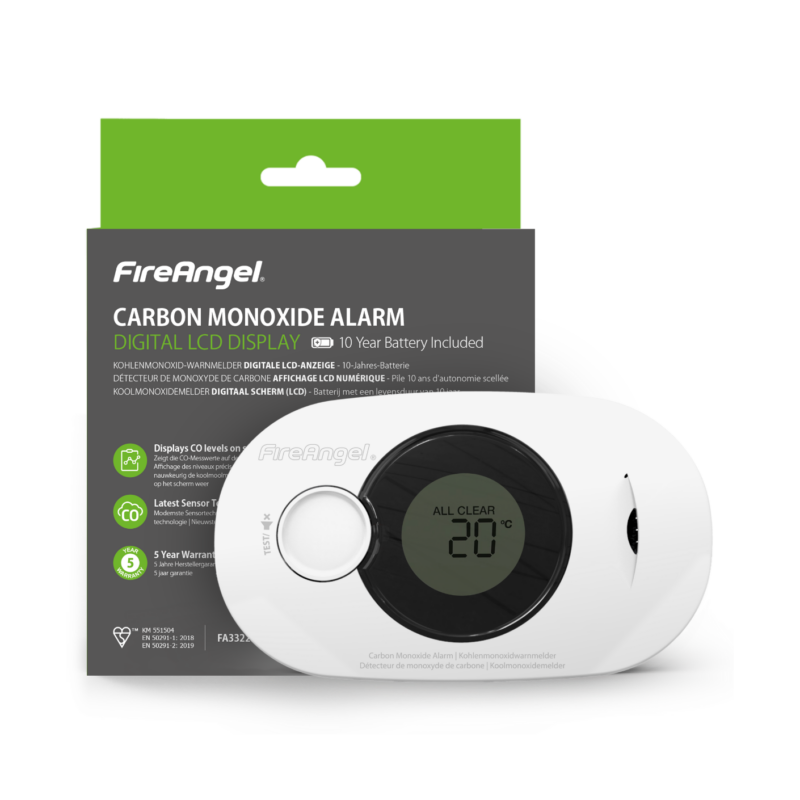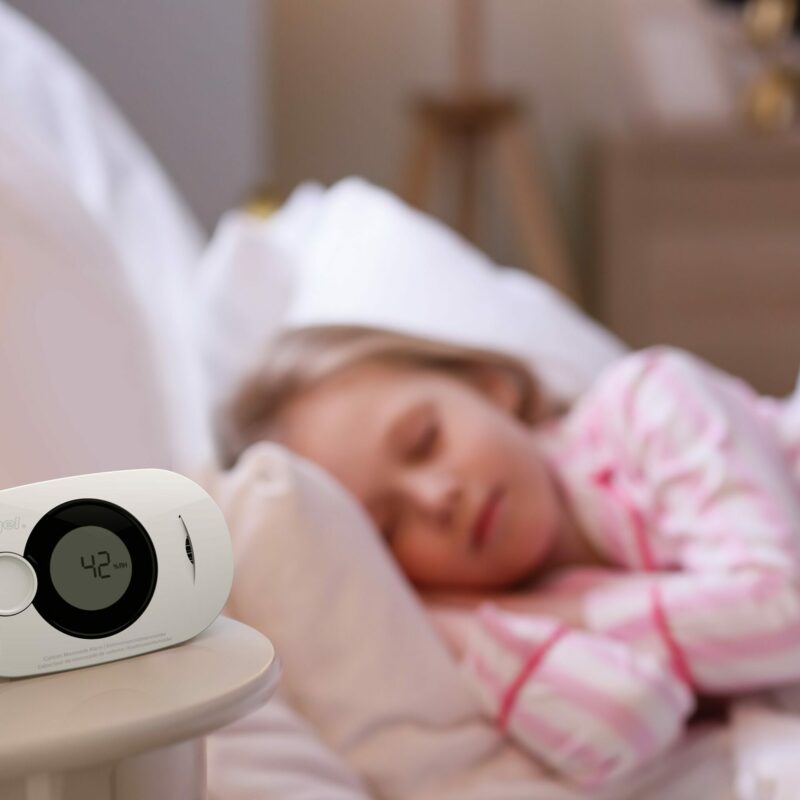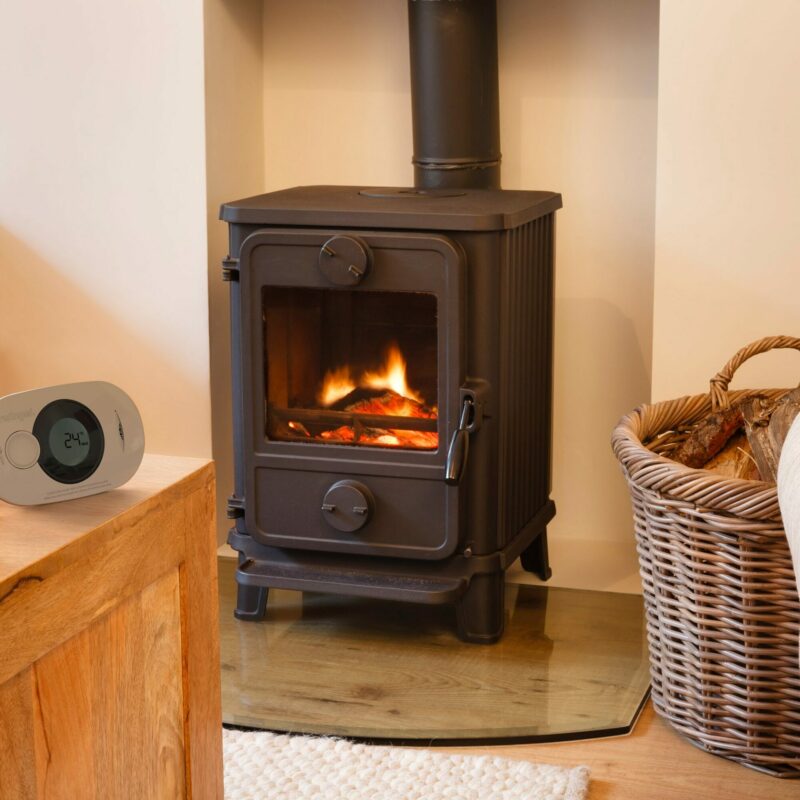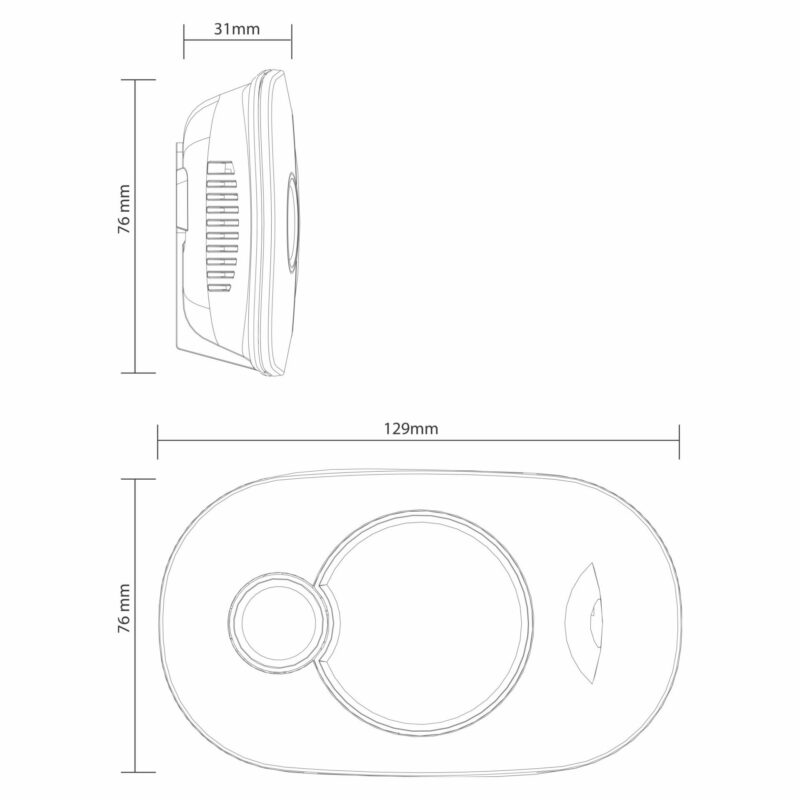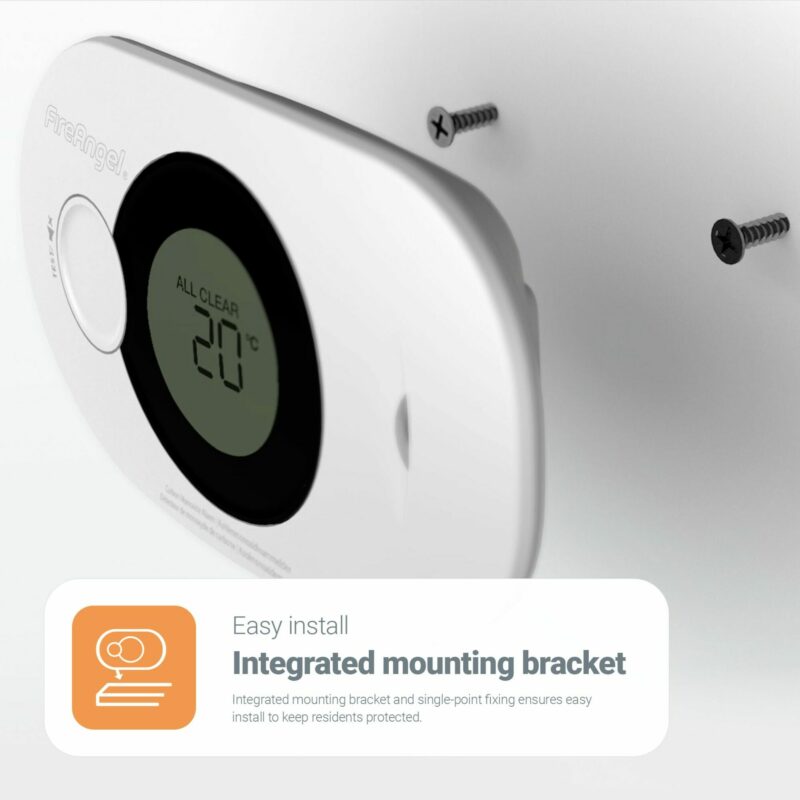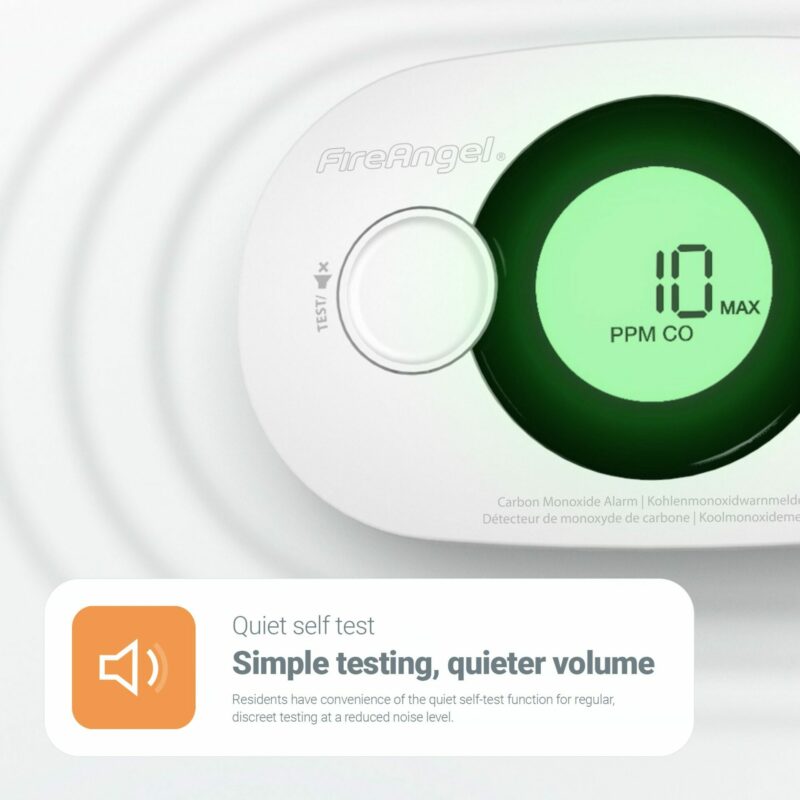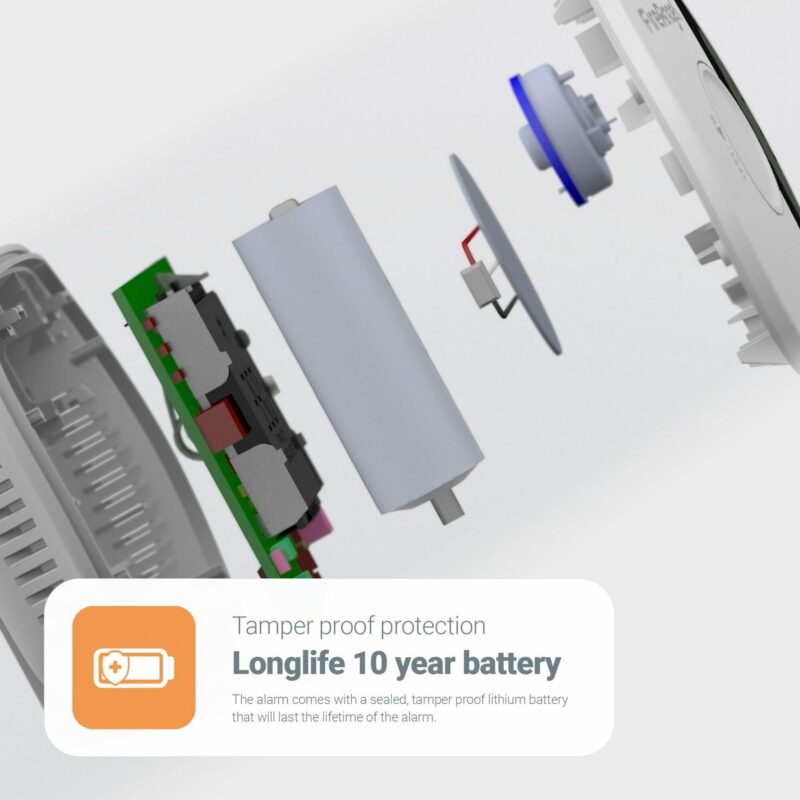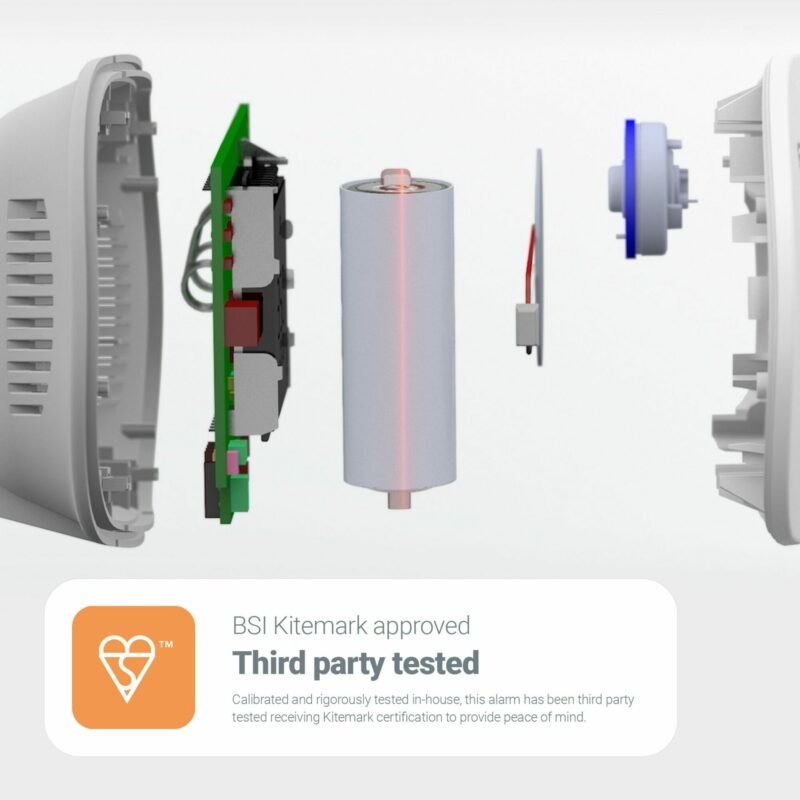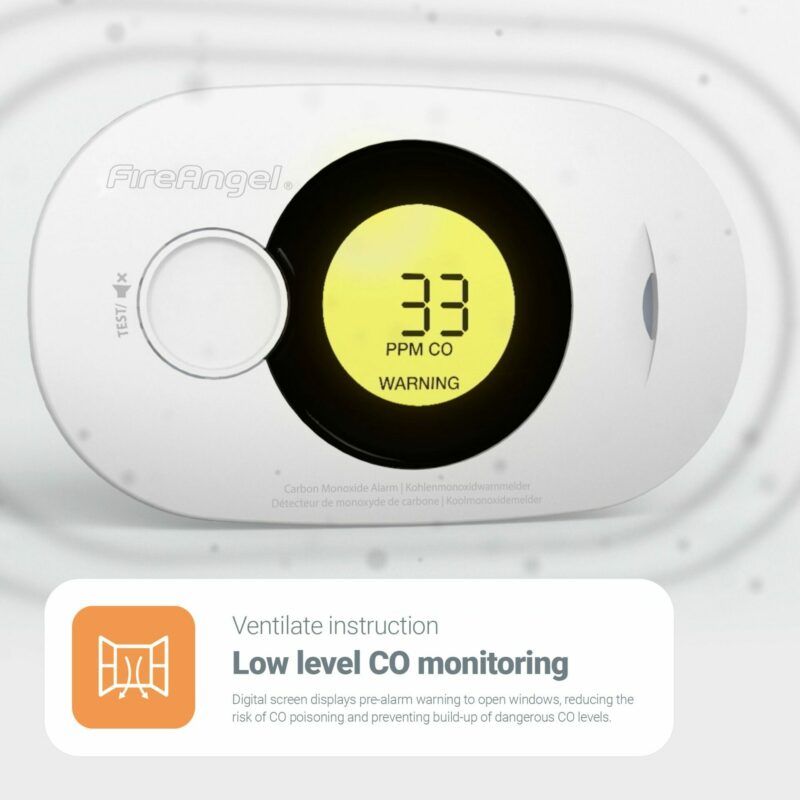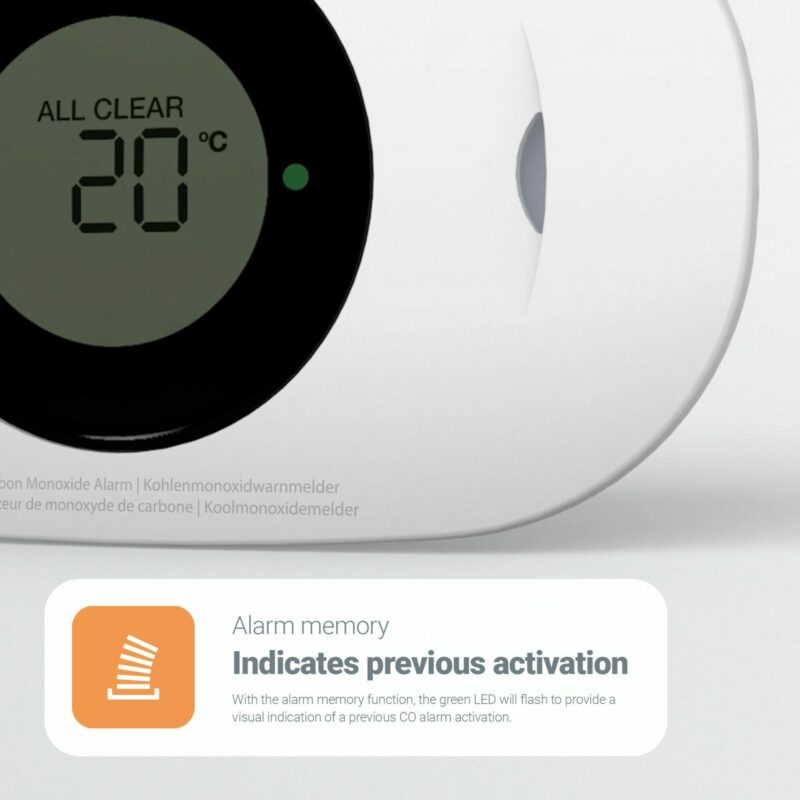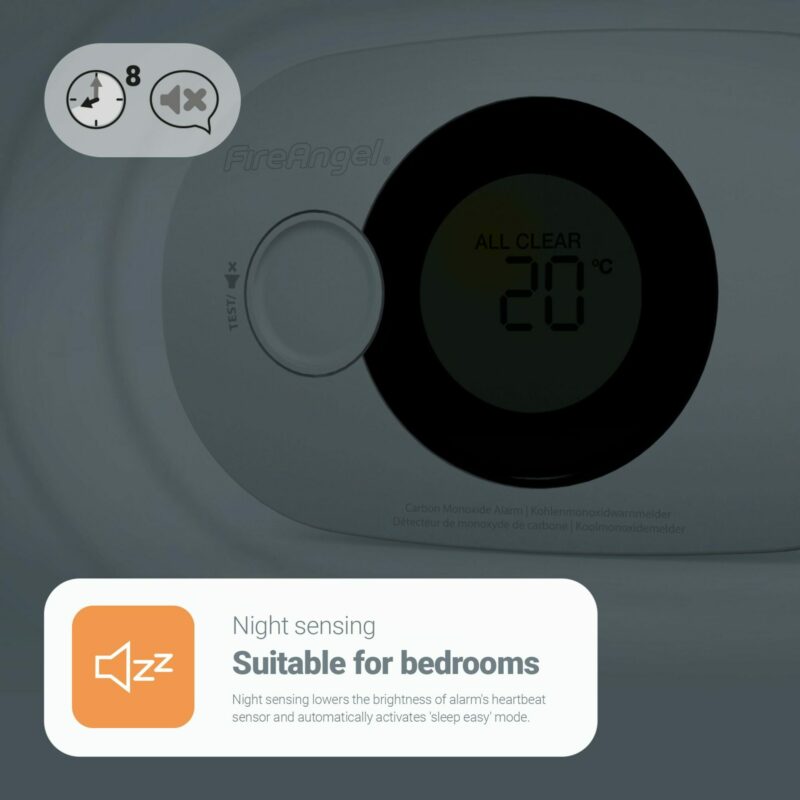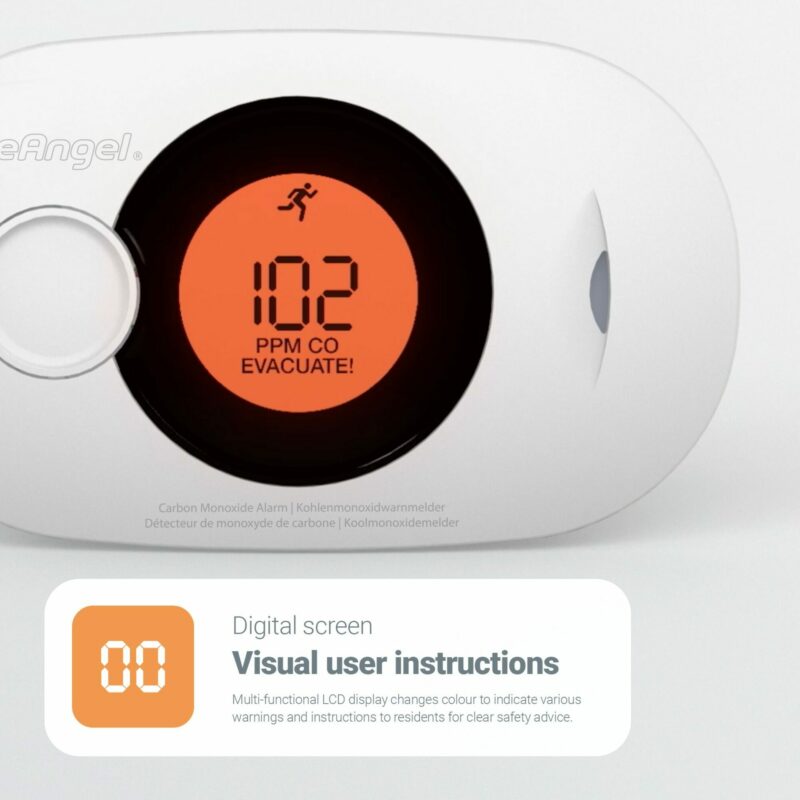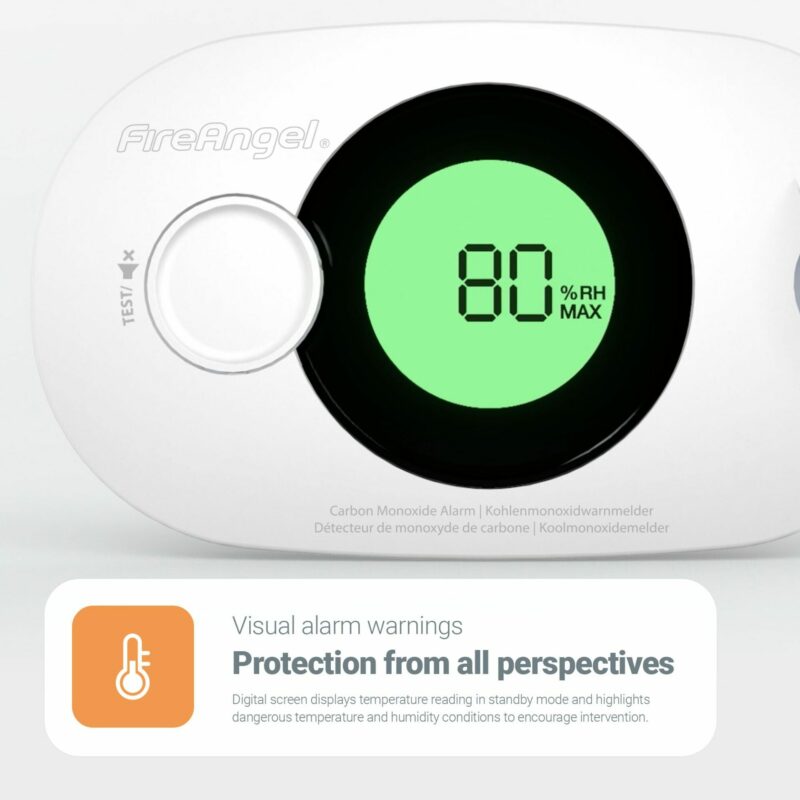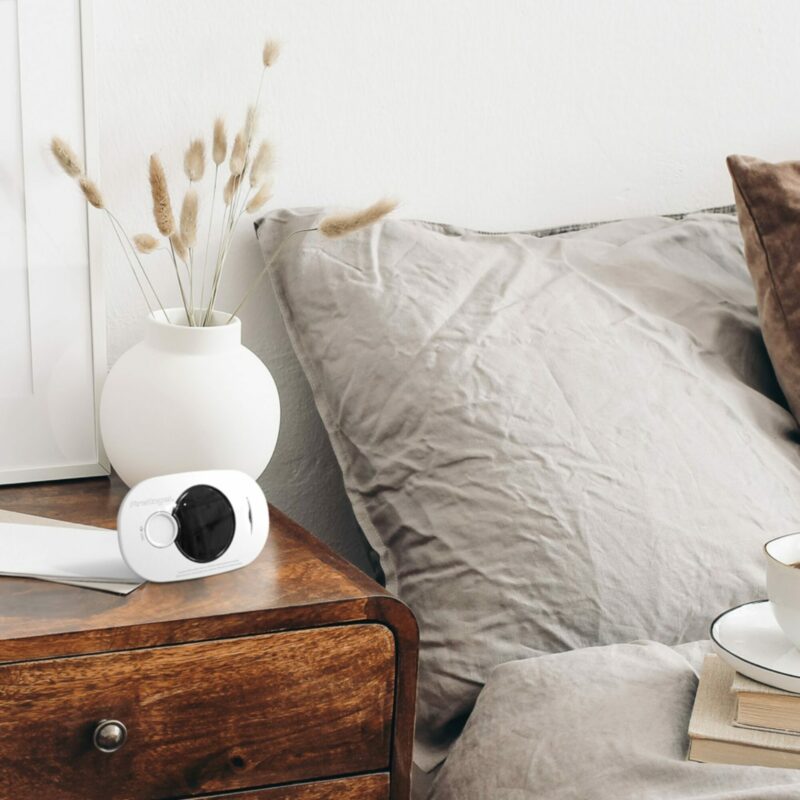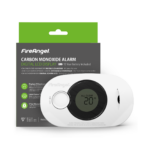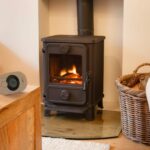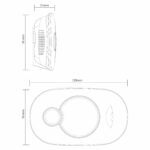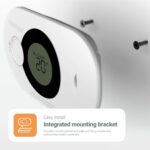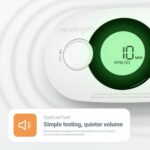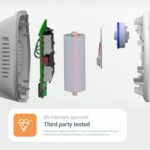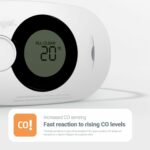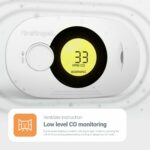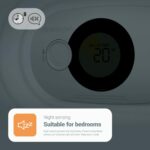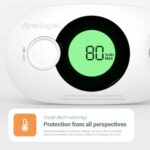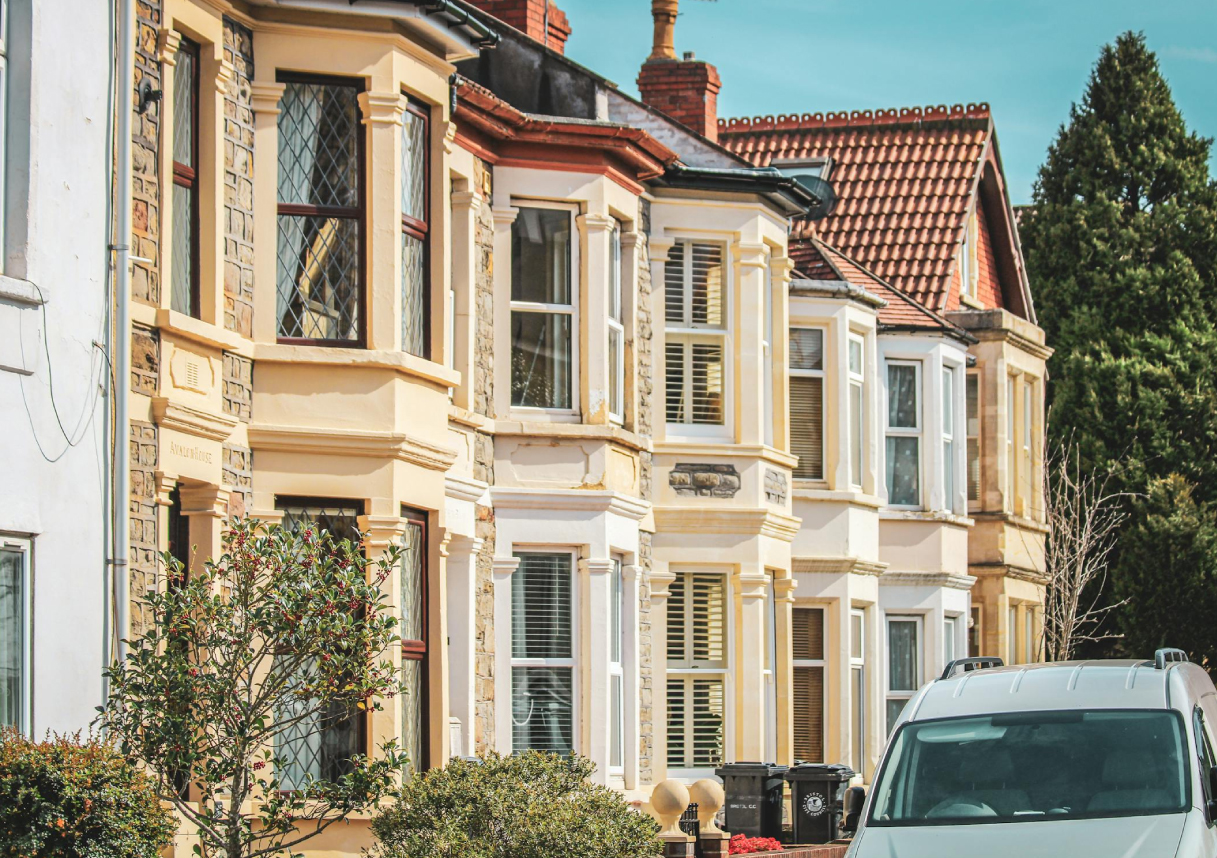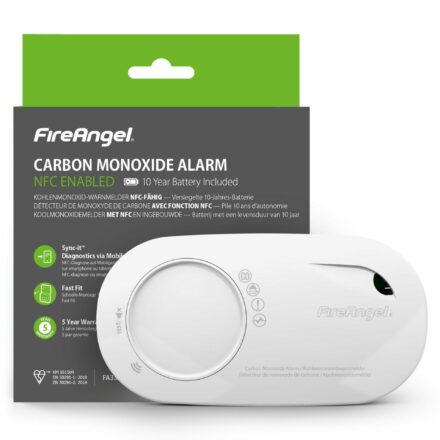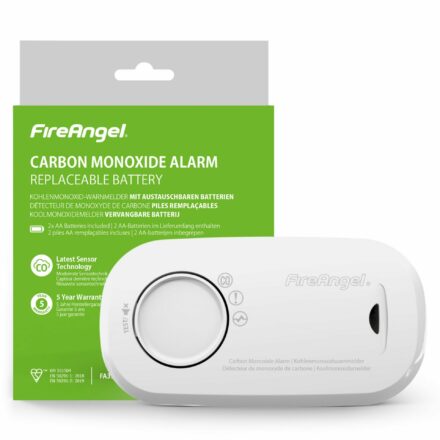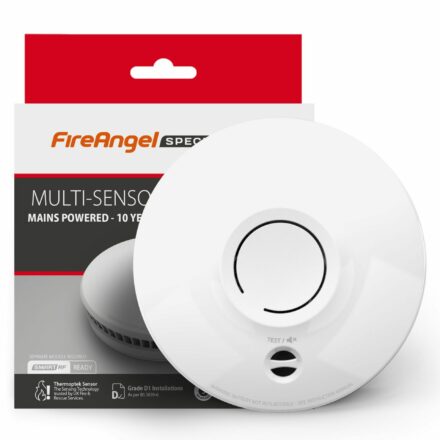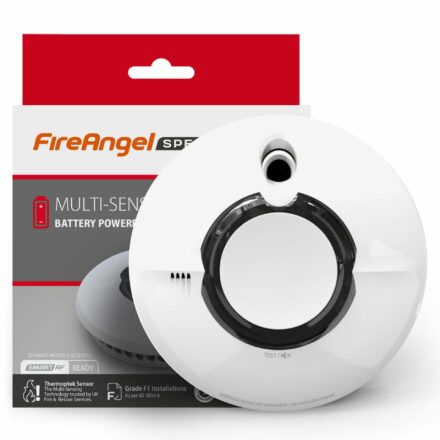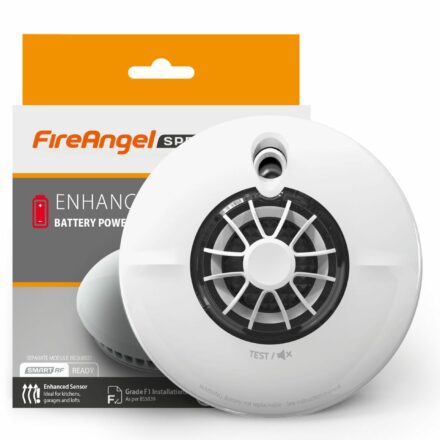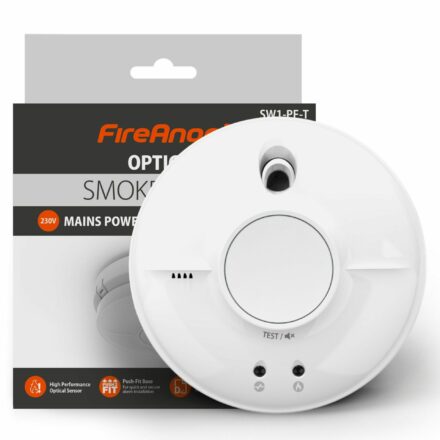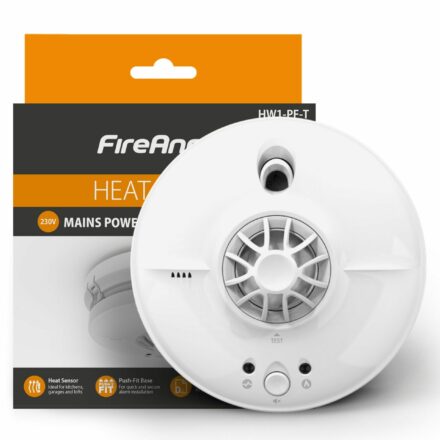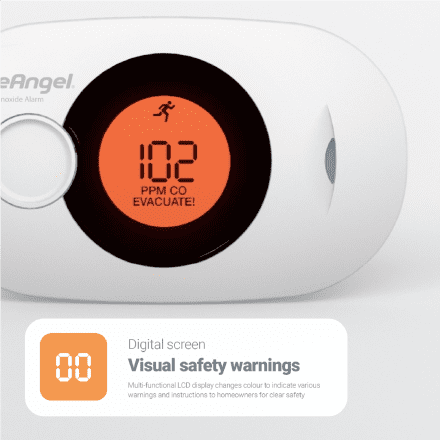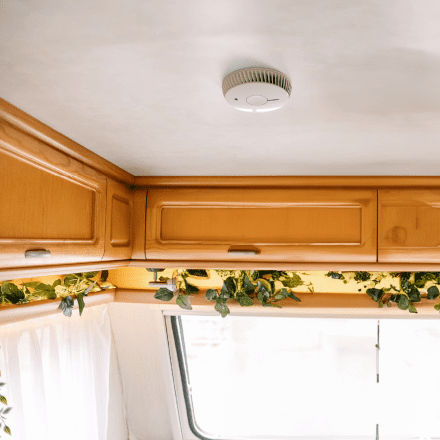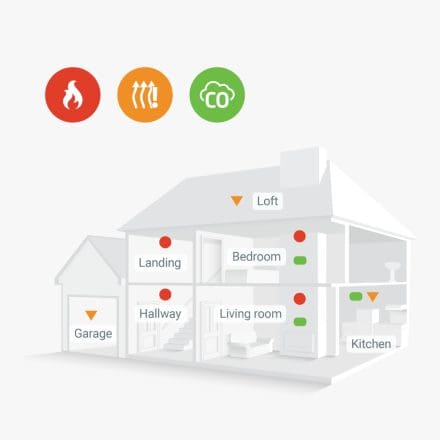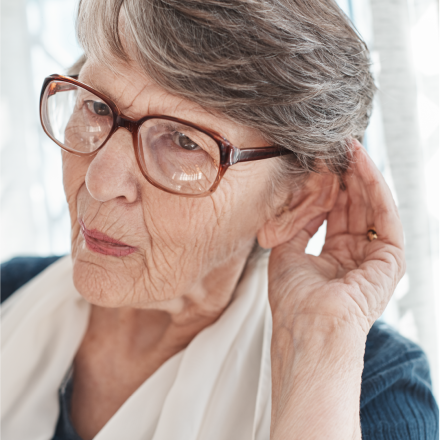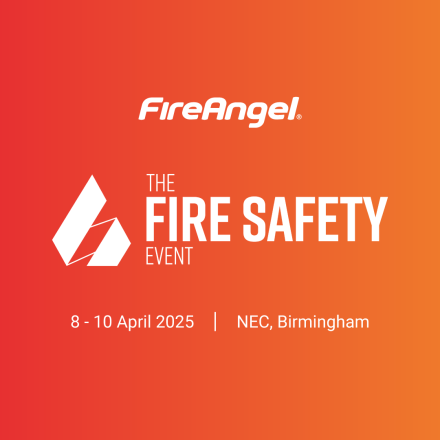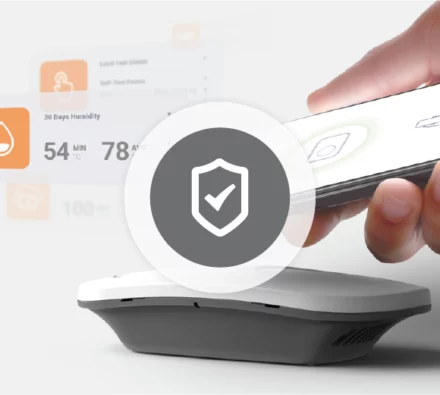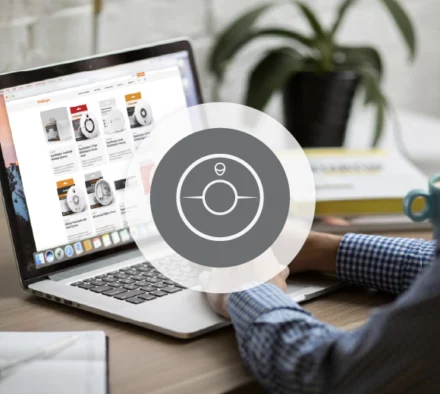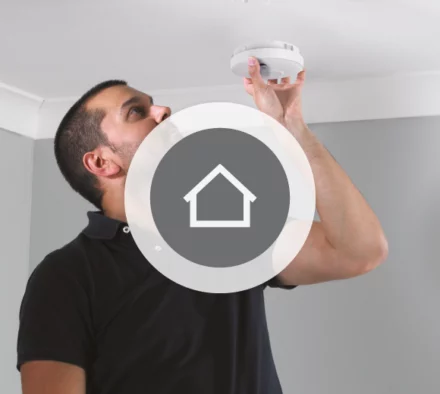FA3322-EUX10
Digital Display Carbon Monoxide Alarm

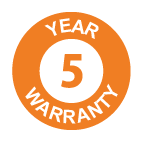


Product description
With a clear digital display the FA3322-EUX10 features latest CO sensing technology and BSI Kitemark approvals. This carbon monoxide alarm offers the highest level of CO detection with low level CO monitoring and replaces any end of life CO-9D alarms.
The multi‑functional LCD display changes colour to indicate various warnings and clear instructions to residents for clear safety advice, also offering environmental data insights.
- 10 year lifetime sealed battery
- Low level CO monitoring and advanced electrochemical sensor for rapid CO detection
- Environmental data insights to record temperature and humidity levels
- BS EN 50291-1: 2018, BS EN 50291-2: 2019
- Multi-function digital display: visual user instructions with LCD colour variations depending on event type
- Advanced diagnostics via cable (sold separately)
- BS 50292:2023 recommends: CO alarms are installed in any room with a fuel burning appliance e.g. kitchen, living/dining room, bedroom
- Tried and trusted products – Our CO alarms are calibrated and tested in carbon monoxide (CO) gas and meet BSI Kitemark certification
With a clear digital display the FA3322-EUX10 features latest CO sensing technology and BSI Kitemark approvals. This carbon monoxide alarm offers the highest level of CO detection with low level CO monitoring and replaces any end of life CO-9D alarms.
The multi‑functional LCD display changes colour to indicate various warnings and clear instructions to residents for clear safety advice, also offering environmental data insights.
